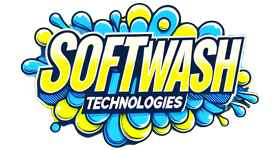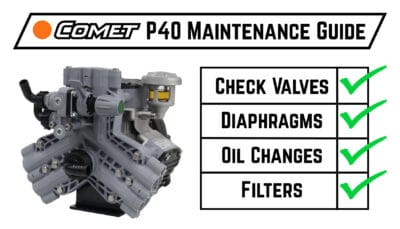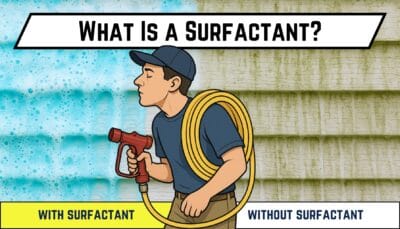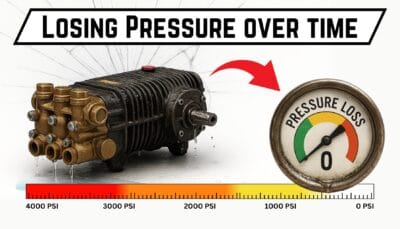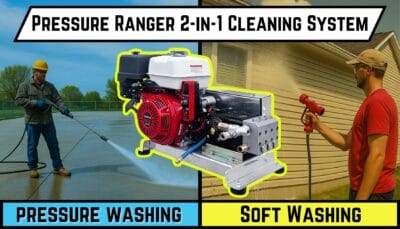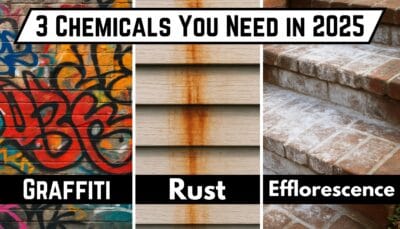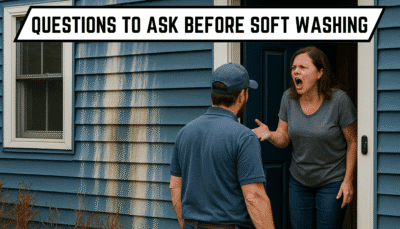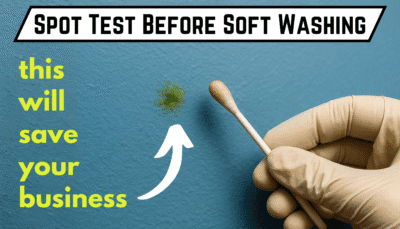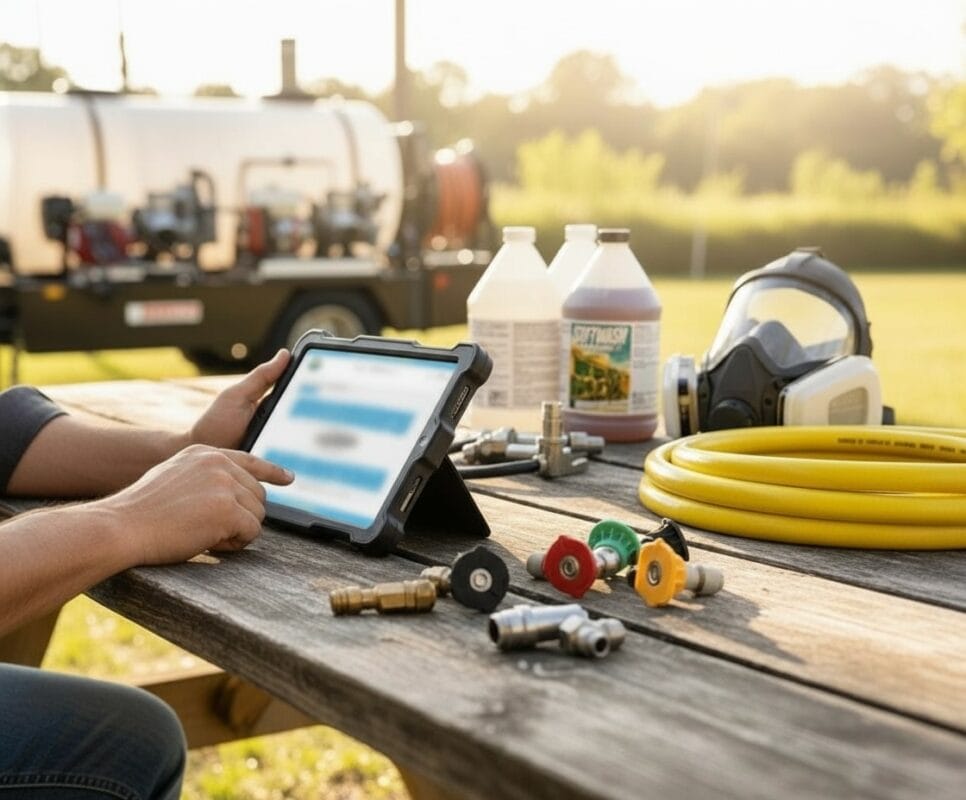Pressure Washing Vs Soft Washing
- Posted by: Collin Steele
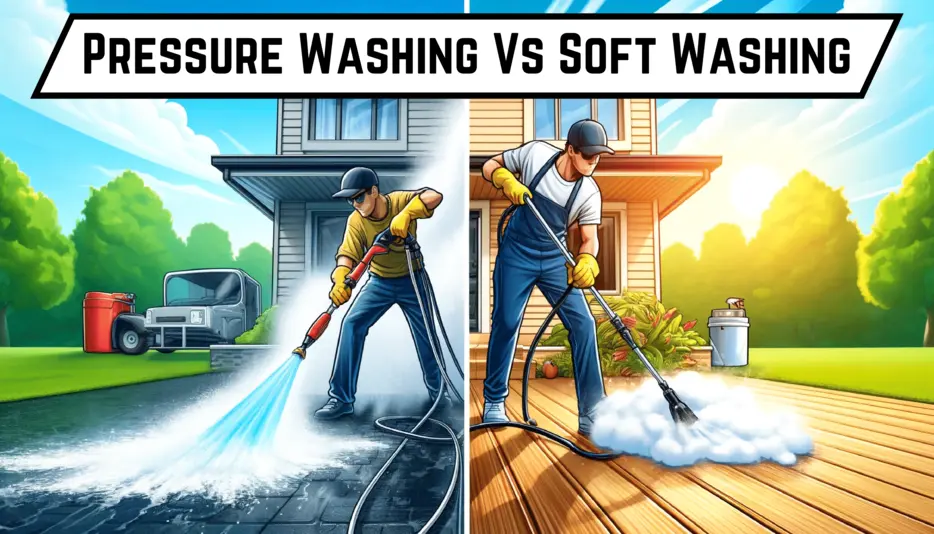
Introduction
Maintaining the exterior of your home is essential to preserving its aesthetic appeal and structural integrity. When it comes to cleaning exterior surfaces, pressure washing vs soft washing is a common comparison for homeowners. Both methods have unique advantages and applications. This article will explore the differences between soft washing and pressure washing, helping you determine which method is best suited for your project.
Understanding Pressure Washing
What is Pressure Washing?
Pressure washing, also known as power washing, uses high-pressure water to blast away dirt, grime, mold, and other contaminants from surfaces. This method is highly effective for cleaning hard surfaces like concrete, brick, and stone. Typically, pressure washing operates at 3,000 to 4,400 PSI (pounds per square inch).
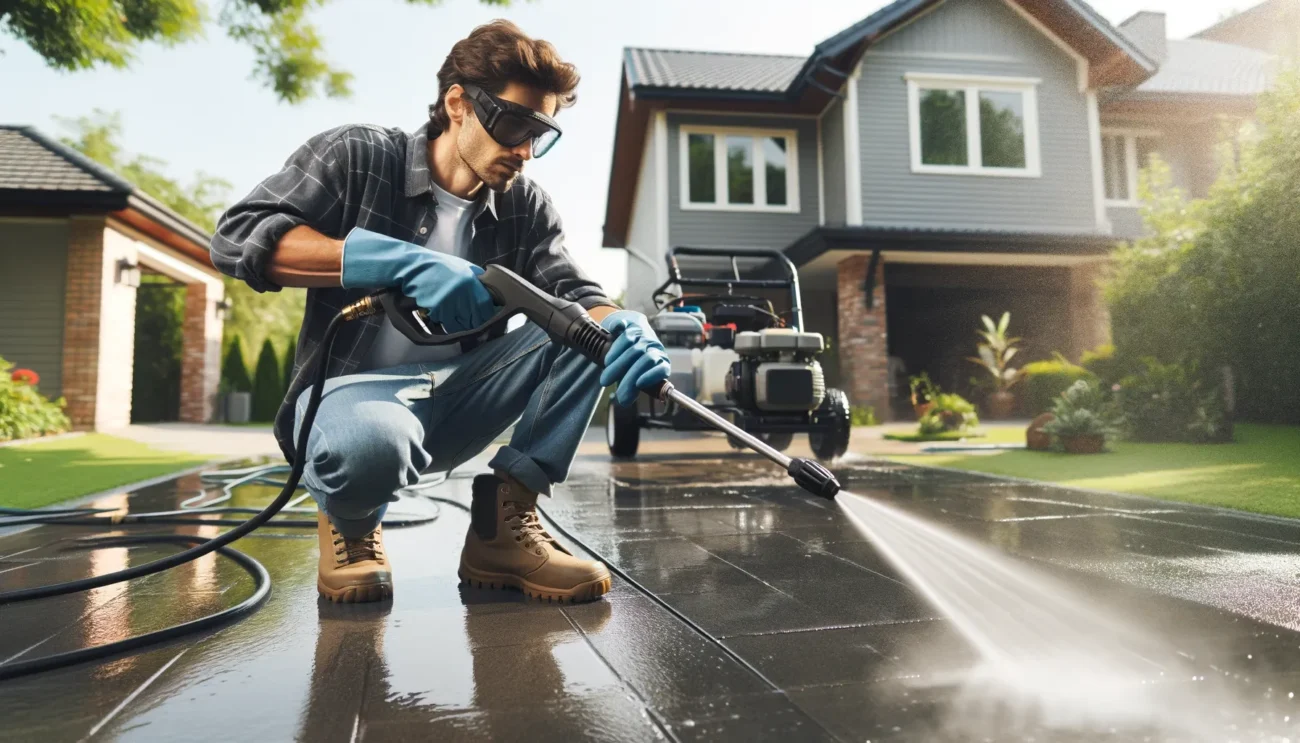
How Does Pressure Washing Work?
This method involves using a machine that pumps water at high pressure through a nozzle, directing a concentrated stream of water at the surface. The high-pressure water effectively dislodges dirt and grime, leaving the surface clean. Additionally, pressure washers can be adjusted to different pressure levels, making them versatile for various cleaning tasks.
Pros and Cons of Pressure Washing
Advantages:
● Powerful cleaning: Pressure washing is highly effective for removing tough stains, dirt, and grime from hard surfaces.
● Quick results: The high pressure allows for rapid cleaning, making it suitable for large areas.
● Versatile: Pressure washers can be used on a variety of surfaces, including driveways, sidewalks, and patios.
Disadvantages:
● Potential for damage: High-pressure water can damage delicate surfaces, such as wood siding, shingles, and windows.
● Safety risks: Improper use of pressure washers can cause injuries or damage property.
Understanding Soft Washing
What is Soft Washing?
Soft washing is a cleaning method that uses low-pressure water combined with specialized cleaning solutions, typically containing chlorine, to remove dirt, algae, mildew, and other contaminants from exterior surfaces. Soft washing operates at a much lower pressure—usually less than 150 PSI—making it gentler and less likely to damage delicate surfaces.

How Does Soft Washing Work?
Soft washing involves applying a cleaning solution, often containing chlorine and surfactants, to the surface. The solution is allowed to sit for about 10–15 minutes to break down dirt and organic matter. After that, the surface is rinsed with low-pressure water to wash away the contaminants and chemicals.
Pros and Cons of Soft Washing
Advantages:
● Gentle on surfaces: Ideal for cleaning delicate materials like shingles, siding, and stucco without causing damage.
● Effective: The use of chlorine and other cleaning solutions ensures a thorough clean, removing organic growths and grime.
● Long-lasting results: Soft washing can provide longer-lasting cleanliness compared to pressure washing.
Disadvantages:
● May not remove heavy stains: While effective for general cleaning, soft washing may struggle with tough, embedded stains.
● Requires more time: Applying and allowing the cleaning solution to sit makes soft washing slower than pressure washing.
● Bleach staining and plant death: Chlorine (sodium hypochlorite), with a pH of 10–12, is a strong base that can bleach fabrics and harm plants due to runoff or overspray.

Safety Considerations with Chlorine
When using chlorine in soft washing, it’s important to take safety precautions. Chlorine can be hazardous if not handled properly. Therefore, always wear protective gear such as gloves and goggles, and ensure good ventilation when mixing and applying the solution. It’s also crucial to rinse off the soft washing mix after it has been allowed to sit, to prevent potential damage to surfaces or plants from prolonged exposure.
Comparing Soft Washing and Pressure Washing
Key Differences Between Soft Washing and Pressure Washing
The primary difference between soft washing and pressure washing is the pressure level used. Pressure washing vs soft washing comes down to intensity: soft washing uses low-pressure water (under 150 PSI) and cleaning solutions, while pressure washing relies on high-pressure water (3,000 to 4,400 PSI). As a result, pressure washing is more aggressive but may damage delicate surfaces, whereas soft washing is gentler and better suited for sensitive materials.

Choosing the Right Method for Your Needs
When choosing between pressure washing vs soft washing, consider the surface you need to clean and the type of dirt or grime you’re dealing with. Soft washing is ideal for delicate surfaces like roofs, siding, and outdoor furniture. In contrast, pressure washing works best on hard surfaces like driveways, patios, and sidewalks.
Best surfaces for soft washing:
● Roofs
● Siding
● Stucco
● Cedar shake
● Screens and screened-in porches
Best surfaces for pressure washing:
● Driveways
● Sidewalks
● Patios
● Brick
● Concrete
Safety Considerations
Regardless of the method you choose, safety is paramount. Always wear appropriate protective gear, such as gloves and goggles, and follow the manufacturer’s instructions for your equipment.
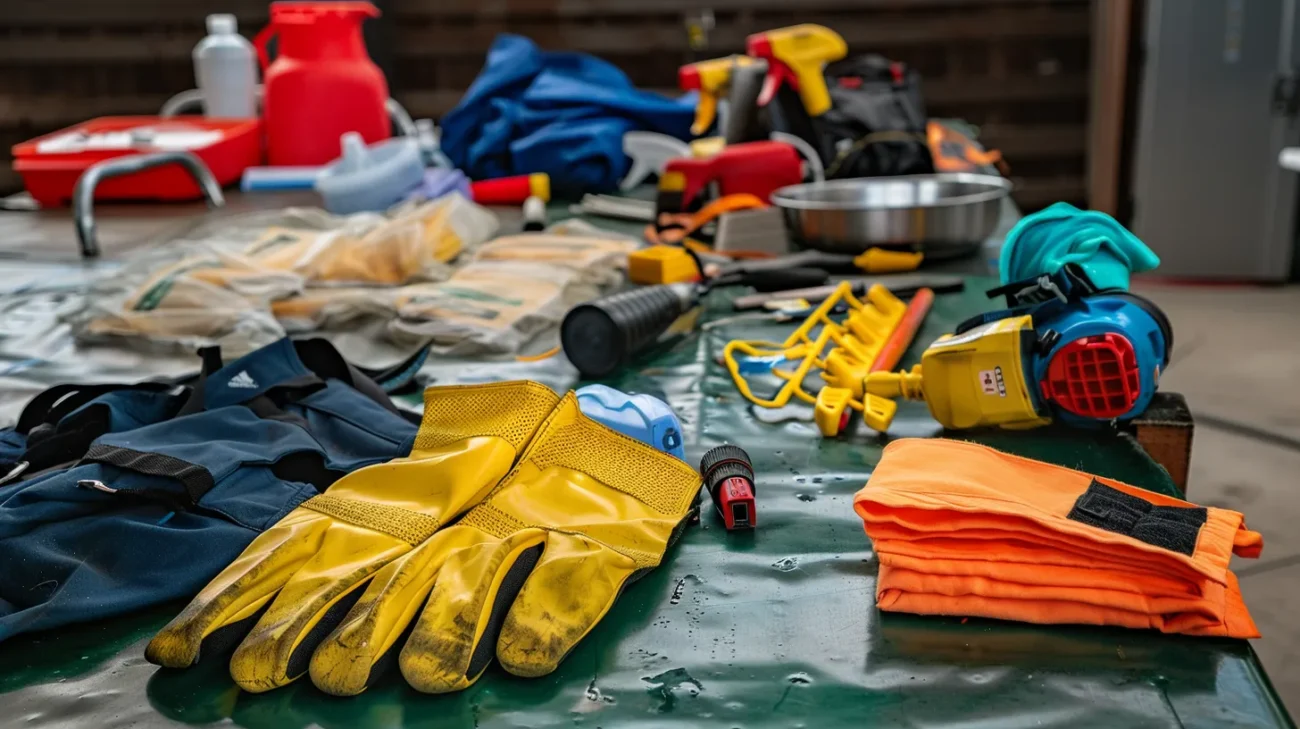
Conclusion and Recommendations
Both soft washing and pressure washing have their place in maintaining a clean and attractive home exterior. Pressure washing vs soft washing is not a one-size-fits-all decision. Soft washing, especially with chlorine, is gentle and effective for delicate surfaces. Meanwhile, pressure washing offers powerful cleaning for tough stains and hard materials. Evaluate your cleaning needs and the surfaces involved to choose the best method. For optimal results and safety, consider hiring a professional service.
Latest Blog Posts
If you’ve been soft washing for a while, or even if you’re just starting out, you’ve probably heard the word
...
